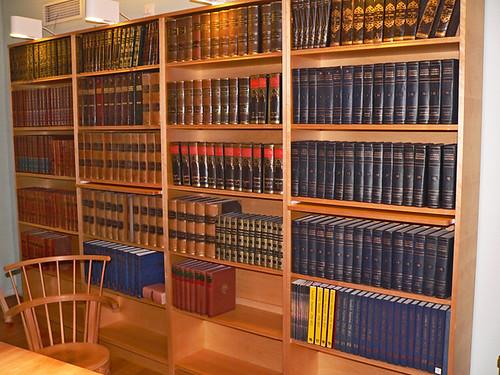This is a list of historical terms, places, or foreign words that might be confusing. If you would like any other words in the book added to this glossary of historical terms, please request them through the Contact form.
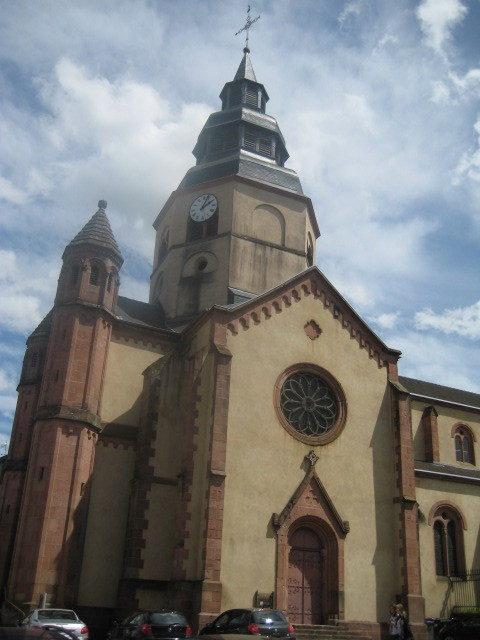
Abbey of Senones: The small monastery founded in 640 became one of the most powerful Benedictine Abbeys in Lorraine coveted by lords, kings, and bishops.
Act of Contrition: A Catholic prayer requesting forgiveness of sins used during confession or before death.
Angeles bells: Ever hear church bells tolling at 6:00 AM, NOON, and 6:00 PM? Those are the Angeles bells. Before people owned clocks, this ancient practice by the Catholi Church told the community when to pray. Typically these bells rang at the beginning the work day, taking a meal break, or ending the day.
Auberge: An inn or tavern
Baptism of Angels: This ancient legend ensured that if a baby dies prior to being baptized, they are accepted into Heaven and not destined to languish in Limbo. Read more…
Churching: After 40 days of postpartum confinement, a woman was required to present herself to the church to be purified before she could rejoin the community. The Second Vatican Council of the 1960 abolished this practice.
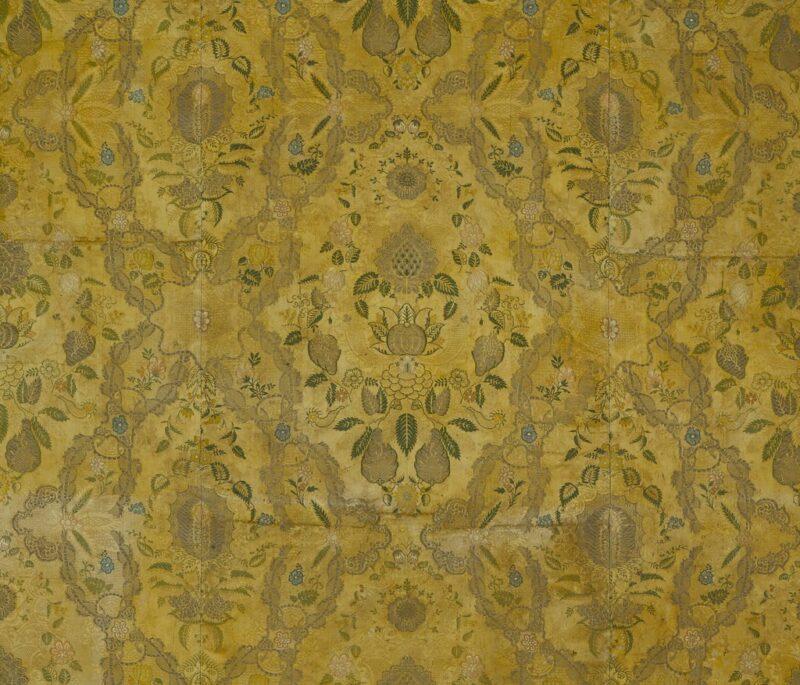
Damask: 16th century silk fabric. Typically, a single-color reversible fabric where the pattern shows via shiny and matte areas.
“Textile with Lace and Garland Pattern LACMA M.68.59.1” by Fæ marked with Public Domain Mark 1.0.
De la Goutte de Paradis: Loosely translated –from the drop of heaven — Nicolas’s family name.
Death knell: The tolling of the church bells to announce a death.
Fête: A festival or celebration
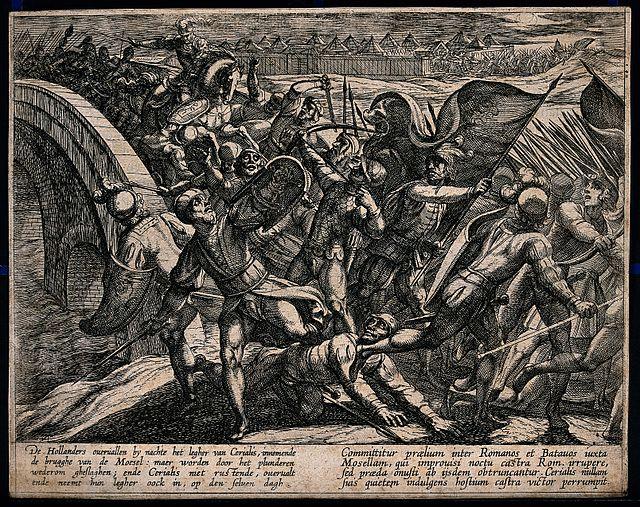
Gauls: (Gallia) The Roman name for inhabitants of Western Europe from roughly the 5th century BC to the 5th century AD
Creative Commons Attribution 4.0 A battle between Cerealis and the Gauls in the Rhineland; th Wellcome V0041591.jpg
La Chatte Pendue: An ancient legend about a woman accused of being a witch. After the townspeople hanged her, they left her body on the gallows. In the morning a cat hung in her place. Read more…
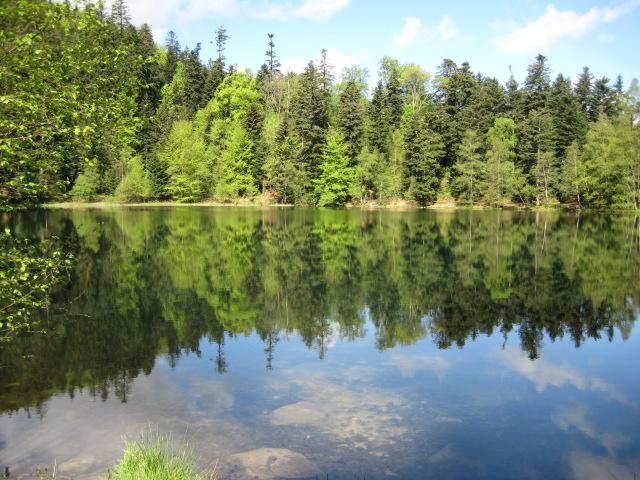
Lac de la Maix: A glacial lake in the Vosges. A place of worship and pilgrimage. The site of the legends The Baptism of Angels and The Devil Fiddler. Circuit of the lake of the maix – Lorraine Tourism (tourisme-lorraine.fr)
Le Donon: The highest mountain in the Vosges Mountain range, marking the divide between Alsace and Lorraine. The area has been considered sacred since prehistoric times.
Le Donon by Eric@focus licensed under CC by-no2.0
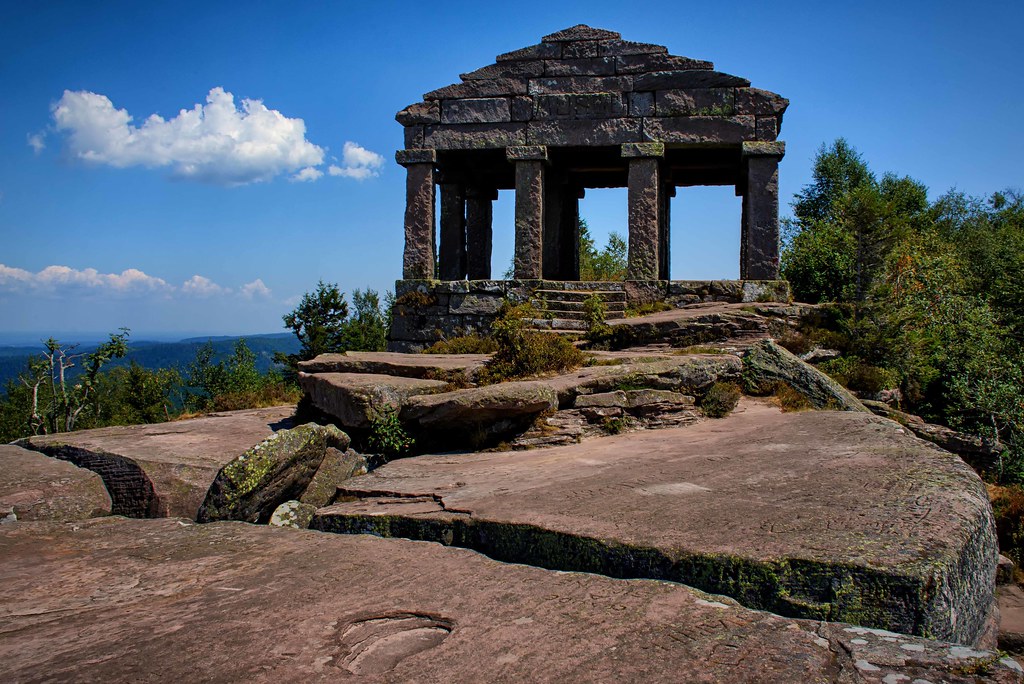
Glossary of Historical Terms: Learn more: The Donon… The region’s “sacred mountain” – Grandfontaine | Visit Alsace
Le Petit-Courty: The small stream flowing through Cathillon farm. This fictional stream flows into real the La Grande Courty River.
Legend of the Devil Fiddler: An ancient legend explaining the formation of Lake de la Maix. Read more…
Limbo: In Catholic theology, if someone dies before their baptism, their soul carries Original Sin, and they cannot go to heaven. Since a newborn could not have committed any sins, their souls went to Limbo. In this place, they did not suffer eternal torment, but they will never experience the presence of God.
In 1984, Pope Benedict announced Limbo was only a theory and not actually Catholic Doctrine. Curiously, I was taught this place existed.
Louvetiers: Wolf Hunter. French law dictated that no one could kill wildlife. Wolves are dangerous. To keep the peasants safe and happy, the king hired professional wolf hunters specifically for the job.
Miasma: Noxious smells. The black death was thought to be spread by the smell of the rotting flesh caused by the disease. Plague doctors wore a beak filled with herbs to thwart the smell. (Photo by Tess Myrl on Pexels.com)
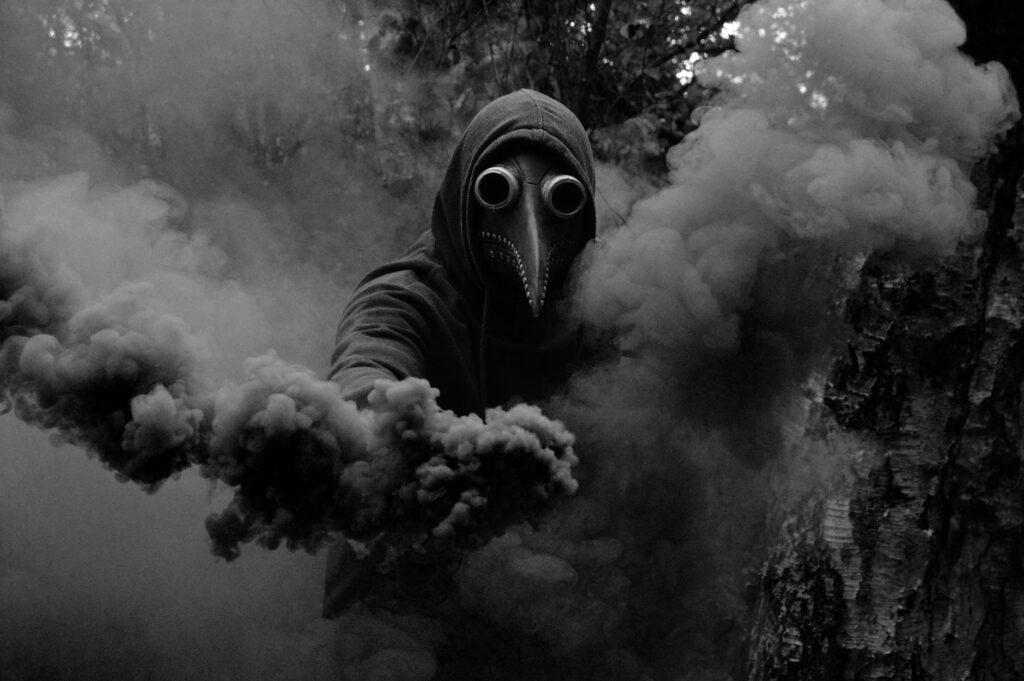
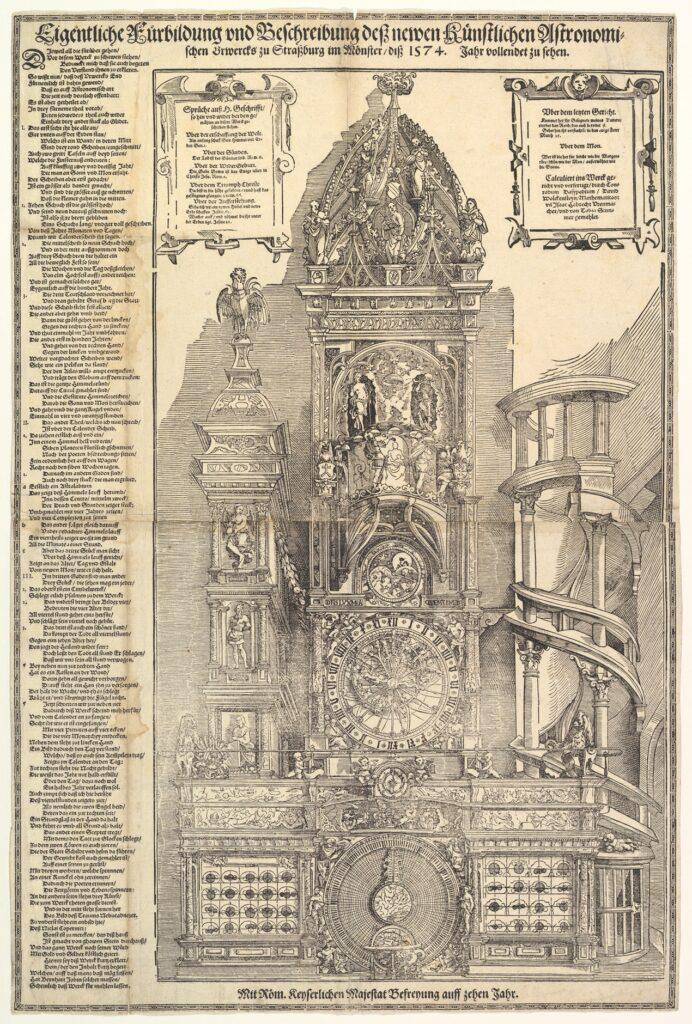
Notre Dame Cathedral of Strasbourg: A Gothic masterpiece. Construction of the crypt began in 1015. The spire completed in 1439. Unfortunately, the view of the cathedral today is not as awe-inspiring as it must have been in 1585 with all the other buildings crowding it.
Astronomical Clock in the Cathedral in Strasbourg by Tobias Stimmer licensed under CC-CC0 1.0
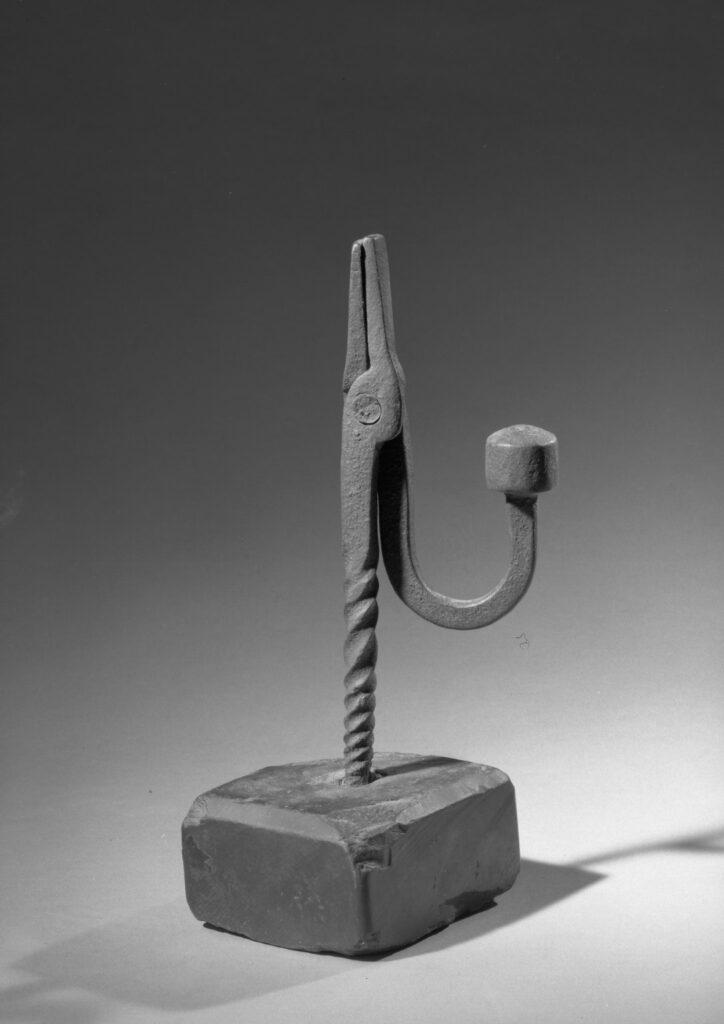
Rush light: a type of candle formed by soaking the dried pith of the rush plant in fat or grease.
Rush Light Stand by American licensed under CC-BY 3.0
Sacristy: A sacristy is the side room in a Catholic church where the priest changes clothes and where he stores altar linens, holy oils, candles, and incense.
Salm: The name of an ancient principality in the Holy Roman Empire ruled by counts. Today, the area is in France, Germany, Belgium, and Luxembourg.
Slops: Wide kneed breeches. Loose-fitting pants that can reach anywhere from above the knee to just below the calf.
LACMA M.61.5a-c” by Fæ licensed under CC BY 2.0.


St. Clement’s Cross: The anchored cross. St. Clement was tied to an anchor and thrown into the sea. The cross with the anchor is known as the mariner’s cross, called the “gypsy cross” in the book.
cross and anchor” by Leo Reynolds licensed under CC BY-NC-SA 2.0.
Vestibule: The lobby in the back of the church between the inside and outside doors.
Viaticum: the Eucharist as given to a person near or in danger of death.
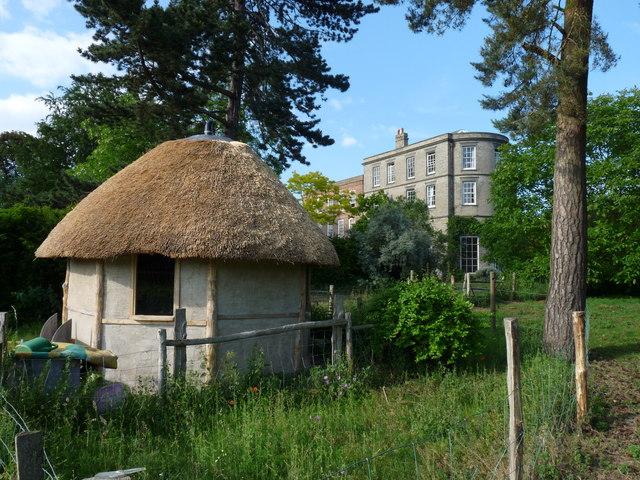
Wattle-and-daub: building method in which a woven lattice of wooden strips called wattle is daubed with a sticky material usually made of some combination of wet soil, clay, sand, animal dung, and straw.
by Zorba the Geek licensed under CC-BY-SA 2.0
Wild hunt of the Demon Hellequin: An ancient legend. Travelers must be safely inside when the sun set or they risk the wrath of the demon Hellequin stealing their souls. Read more…
